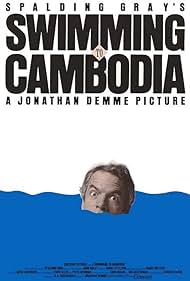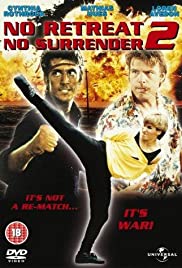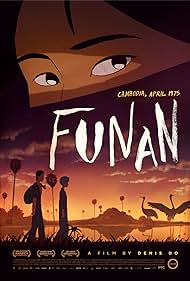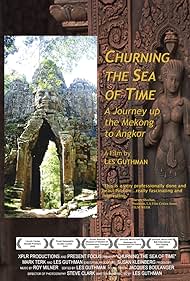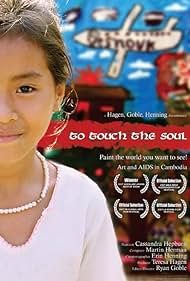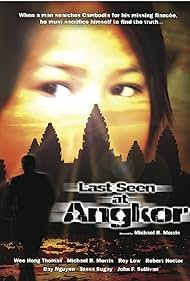S21: The Khmer Rouge Killing Machine Soundtrack (2003)

Buy on Amazon Play and download Soundtracks
S21: La máquina roja de matar
S-21. La macchina di morte dei khmer rossi
S21: The Khmer Rouge Killing Machine
Synopsis
Between 1975 and 1979, the communist inspired Khmer Rouge waged a campaign of terror and mass murder on Cambodia's population. Up to 1.7 mill. Cambodians lost their lives to famine, hard labor and murder as the urban population was forced into the countryside to fulfill the Khmer Rouge's dream of an agrarian utopia.
In the former Security Prison 21 (code-named "S21"), which was once a high school and is today the Tuol Sleng Genocide Museum, director Rithy Panh brings two of the few survivors back to discuss what happened there between 1975 and 1979. Painter Vann Nath survived by chance and didn't suffer the same fate as 17,000 other men, women and children who were taken there, tortured and their so-called 'crimes' meticulously documented to justify their execution.
The ex-Khmer Rouge guards respond to Nath's questions with excuses, chilling stoicism or apparent remorse as they recount the atrocities they committed at ages as young as 12 years old. To escape torture, the prisoners would confess to anything, and often denounce everyone they knew - though their final sentence was always death.



